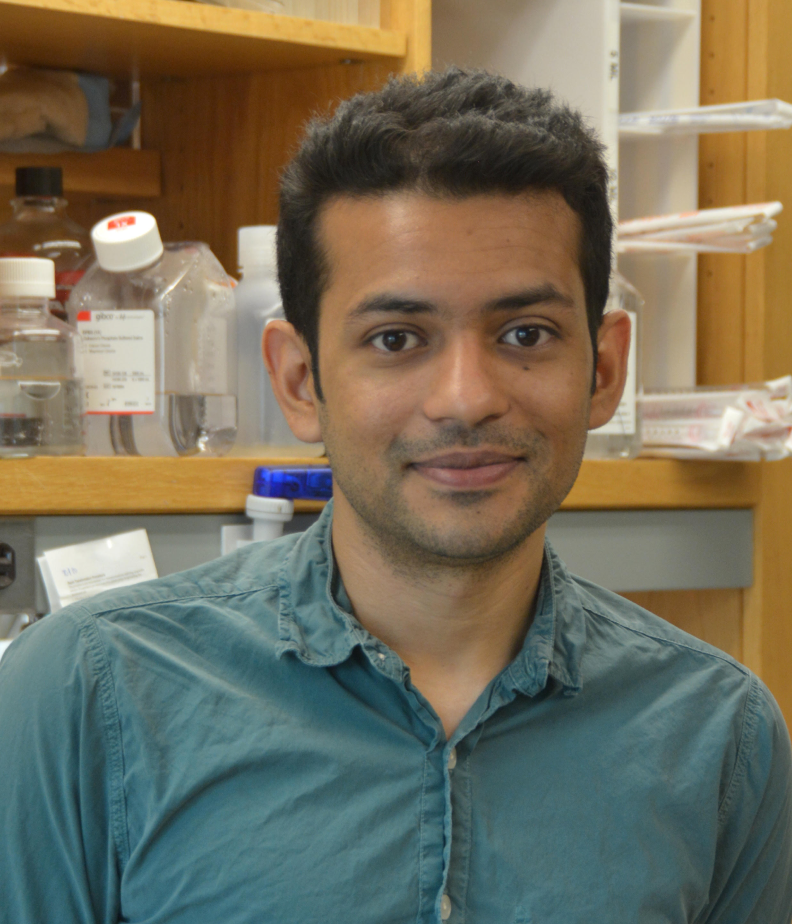
Dhananjay Bambah-Mukku
Assistant Professor

- Research Interests
- Selected Publications
Research Interests
How does the enormous cellular diversity of the brain give rise to complex behaviors? How do emotional states influence behavior and how are they generated by the brain?
Social behaviors provide an accessible entry point to answer the above questions due to their close association with emotions and strong genetic underpinnings. Our lab uses the ability to genetically map, monitor and manipulate neural circuits in mice to study cell-type and circuit specific mechanisms governing social behaviors. We are particularly interested in how these circuits are modulated by the sex, age and physiological state of the animal.
A second line of research focuses on the mechanisms of unique and extreme physiology and behavior in the Naked Mole Rat (Heterocephalus glaber). By using a comparative molecular approach to contrast mice and naked mole rats, we aim to explore the evolution and flexibility of neural circuit architectures underlying behavior.
The lab employs an interdisciplinary approach combining state of the art single-cell and spatial transcriptomics with genetic, behavioral and systems neuroscience tools to explore the function of neural circuits.
Selected Publications
A complete list can be found at:
https://scholar.google.com/citations?user=kUUzDKIAAAAJ&hl=en
- Moffitt JR*, Bambah-Mukku D*, Eichhorn S, Vaughn E, Hao J, Perez J, Rubinstein N, Shekhar K, Regev A, Dulac C, Zhuang X. (2018) In situ Single-Cell Transcriptomics Reveals the Molecular, Spatial and Functional Organization of the Hypothalamic Preoptic Region. Science. 10.1126/science.aau5324 * Co-First Authors
- Moffitt JR, Hao J, Bambah-Mukku D, Lu T, Dulac C, Zhuang X. (2016) High-performance multiplexed fluorescence in situ hybridization in culture and tissue with matrix imprinting and clearing. Proceedings of the National Academy of Sciences of the U S A. Dec 13;113(50):14456-14461. Epub 2016 Nov 22.
- Isogai Y, Wu Z, Love MI, Ahn MH, Bambah-Mukku D, Hua V, Farrell K, Dulac C. (2018) Multisensory logic of infant-directed aggression by males. Cell. Dec 13;175(7):1827-1841.e17.
- Autry AE, Wu Z, Kohl J, Bambah-Mukku D, Rubinstein ND, Marin-Rodriguez B, Carta I, Sedwick V, Dulac C (2019) Perifornical Area Urocortin-3 Neurons Promote Infant-directed Neglect and Aggression. bioRxiv 697334; doi: https://doi.org/10.1101/697334
Updated October 2020